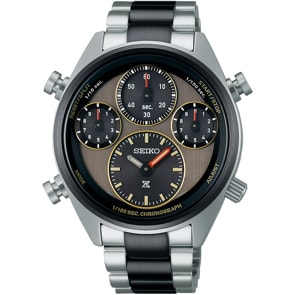Automatic watches
Automatic watches draw their energy from the natural movements of the wearer. In contrast to quartz watches, they do not require any batteries or electronic components and thus offer a traditional craftsmanship experience.
How does an automatic watch work?
An automatic watch is a mechanical timepiece that winds itself through the natural motion of the wrist. It operates independently, using the captured energy to tension its mainspring and power the movement. There is a distinction between hand-wound and automatic watches. Manual watches are wound by hand using the crown, whereas automatic watches draw energy from the wearer's movement.
What needs to be considered?
Whether elegant automatic watches for men or refined watches for women, every timepiece requires careful maintenance and gentle handling. Shocks, strong impacts, or magnetic fields can impair the function of an automatic watch movement. However, with regular servicing and careful handling, these watches can accompany their owners for decades and may even be passed down through generations.
An automatic watch works as long as it is on the wrist, but once removed, it will eventually stop or lose accuracy as its mainspring unwinds. How long an automatic watch runs without movement depends on the manufacturer and model. This duration is known as the power reserve and is typically around 40 to 50 hours for most watches. In some cases, it can reach up to 80 hours or even several days. However, if the watch is not worn for an extended period, it may stop and will need to be wound or moved to function accurately again. Therefore, experts recommend wearing the watch regularly or using a watch winder when it is not in use to ensure that the mainspring remains optimally tensioned. The mechanism automatically prevents the watch from being overwound. An automatic watch winder simulates wrist movements to keep the watch running and ensures it remains accurate even when not worn for several days.
It is normal for mechanical watches to gain or lose a few seconds per day, typically between 5 and 10 seconds. This varies according to the quality of the watch and how well it has been maintained. The most accurate mechanical watches are COSC-certified chronometers (Official Swiss Chronometer Testing Institute), which must meet very strict accuracy standards with a daily deviation of -4 to +6 seconds.











